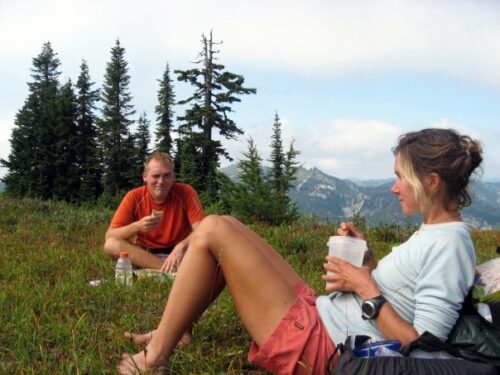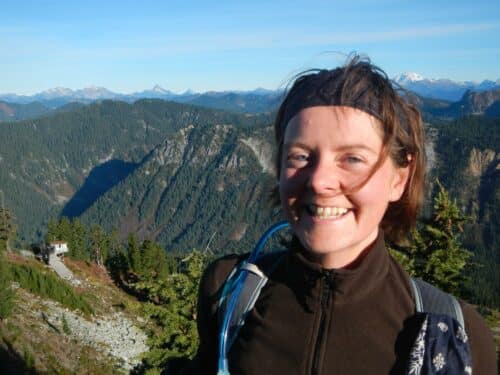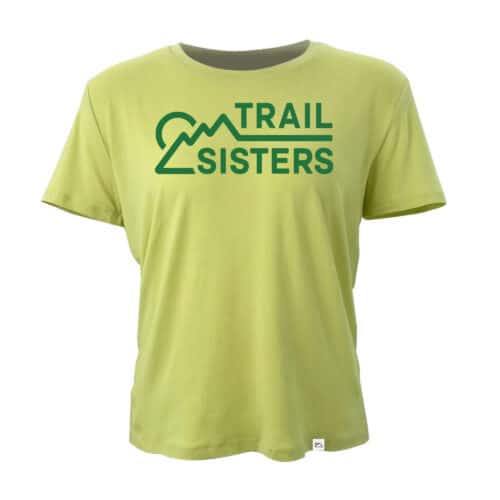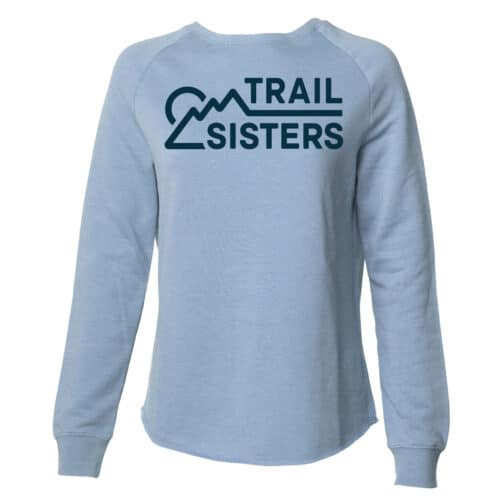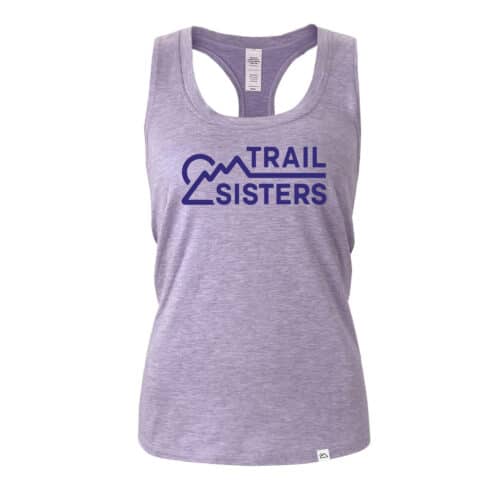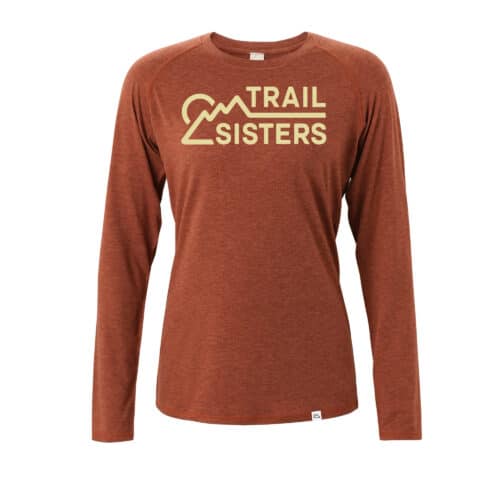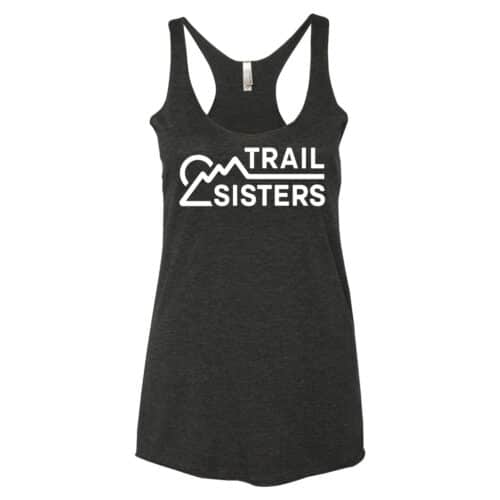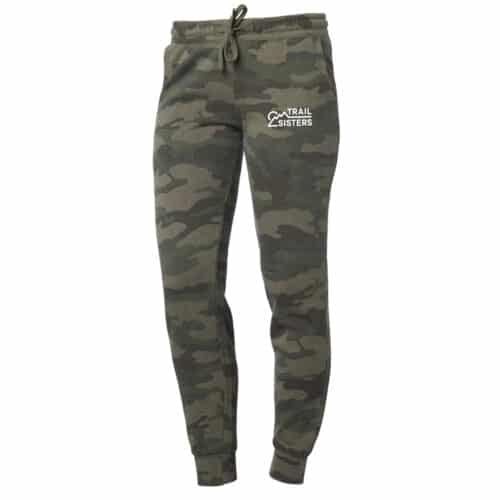Main Menu
Homepage / Words from the Wild / Tips on How to Write Your Adventure
Tips on How to Write Your Adventure

Heather Anderson is a National Geographic Adventurer of the Year, three-time Triple Crown thru-hiker, and professional speaker whose mission is to inspire others to “Dream Big, Be Courageous.” She is also the author of two hiking memoirs Thirst: 2600 Miles to Home and Mud, Rocks, Blazes: Letting Go on the Appalachian Trail and a preparatory guide to long-distance hiking Adventure Ready. Find her on Instagram @_WordsFromTheWild_ or her website wordsfromthewild.net
Share This Article!
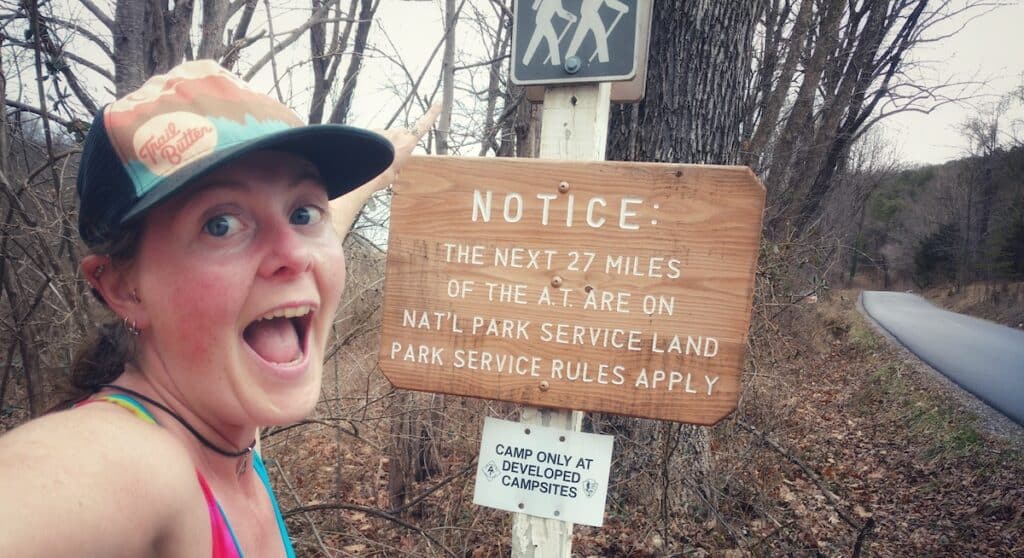

By: Heather Anderson
You’ve hiked a long-trail and now you want to write your adventure in order to share it with the world. This process is both exciting and potentially exhausting. As an author of two trail memoirs, I get asked questions about the publishing process as well as how to write a compelling adventure story all the time. So much so that I created an introductory publishing course for the very purpose of answering those questions. In this post, I’ll share excerpts from that course as well as guide you in your first steps toward creating a widely-appealing book about your experience. For more information on the complete course, visit wordsfromthewild.net
The first fallacy many authors believe is that they are writing for everyone. It’s easy, when you’re at the heart of the story to think, “Everyone will love my book!”
Unfortunately, no matter what you write, it’s a simple fact that some people will not like your book. This may not have anything to do with your abilities as a writer or the storyline, but simply come down to personal preferences. There are plenty of people, especially within the hiking world, who love reading about other people’s hikes. Yet, outside that realm, there are many millions of people who will have trouble connecting with a story set on the trail.
It’s important to recognize and establish the qualities of those who will love your book before you start writing. This is usually called creating your ideal reader (guidelines at the end of the article). Once you’ve created them, keep your ideal reader in mind when you are writing, when you’re editing, when you’re designing the cover…and most importantly, when you’re marketing your book. Asking yourself if your ideal reader will like something can help guide you in creating a book that will appeal to other people.
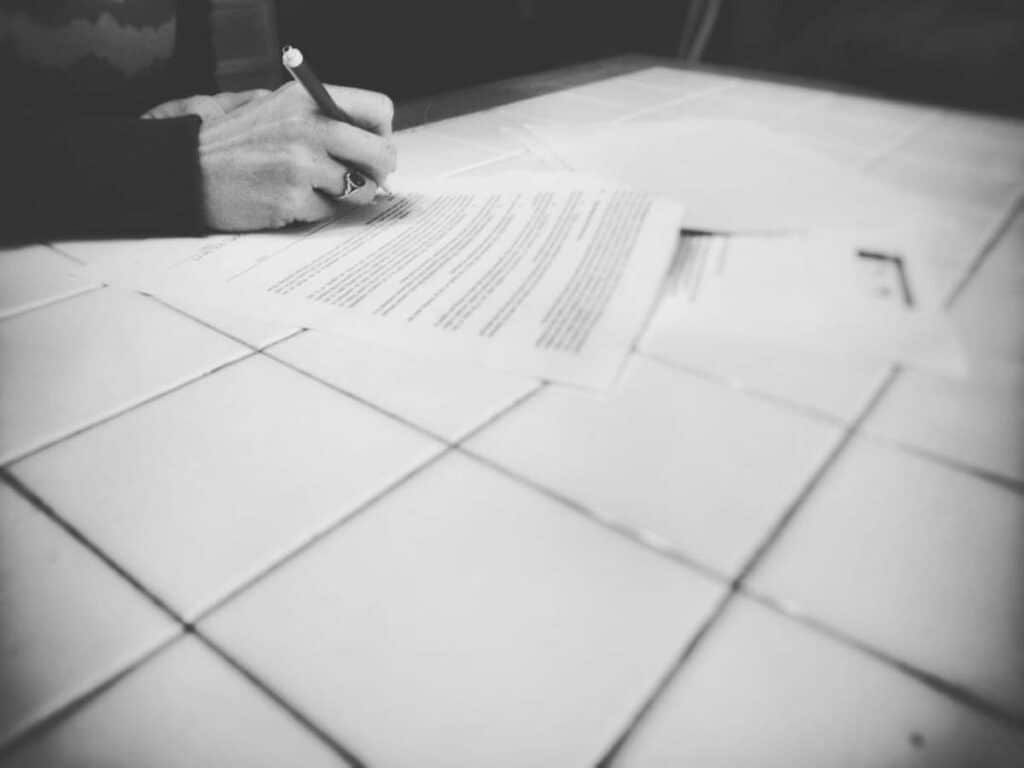
At the same time, it’s important not to narrow the scope too much, which leads us to the second fallacy and the exact opposite of the first: “I am writing only for me.” It’s incredibly important to write for yourself, but if your ideal reader is just you, then no one else is going to be interested. I recommend that hikers who want to share their hike use the journaling process before they create a book as a crucial step in documenting the experience for themselves as well as delving into the internal growth and other themes they may associate with the trip. From there, edit with your ideal reader in mind.
While you may find the minutiae of each day along the trail fascinating, your readers may not. “I stopped at the fallen tree and talked to three hikers named Snot, Poptart, and Stench for fifteen minutes about how hard it’s been to deal with the blow downs and then we shared my sour Skittles. Afterward I was thirsty and the water source was trickling so I had to use a leaf funnel…” All of those details are important to you because you lived them. But they are meaningless to someone else without ties to a broader narrative arc. Good storytelling in writing is an art form. Taking the details of your journey and distilling them into a story that someone else will not only enjoy reading, but also connect with, is the key to creating a successful book.
Honing your ideal reader may not seem like the obvious place to start. However, it is absolutely crucial to your pitch, your marketing, and your decisions on storytelling while you write. Below are some prompts to help you create your ideal reader.
Use these as a guide and flesh out any other details you think might be pertinent. Name your reader to make them personal to you! Whenever you’re trying to decide on whether to include a detail in the story ask, “Would want to know this?” Ask the same questions when it comes time to market the book as well.
My Ideal Reader’s Name is:
They are _ years old.
Their pronouns are:
Their ethnicity is:
Their hobbies are:
Why do they read?
How often do they read?
What types of books do they most enjoy reading?
What groups are they members of (online and off)?
What other authors and books are popular with my ideal reader?
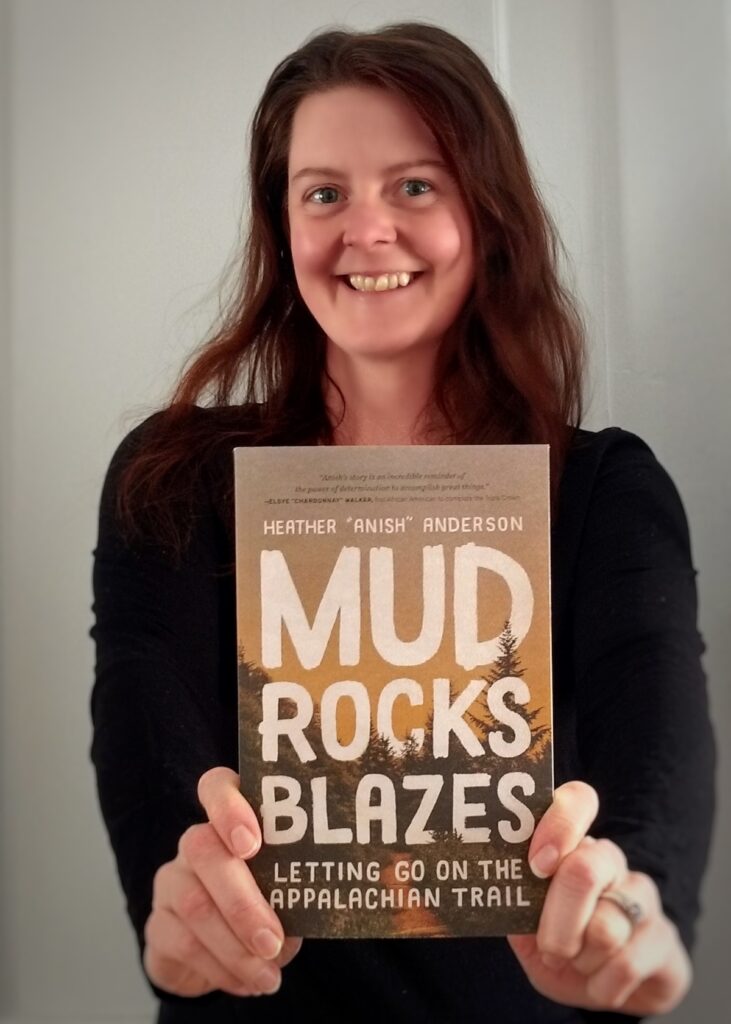
About the Author

Heather Anderson is a National Geographic Adventurer of the Year, three-time Triple Crown thru-hiker, and professional speaker whose mission is to inspire others to “Dream Big, Be Courageous.” She is also the author of two hiking memoirs Thirst: 2600 Miles to Home and Mud, Rocks, Blazes: Letting Go on the Appalachian Trail and a preparatory guide to long-distance hiking Adventure Ready. Find her on Instagram @_WordsFromTheWild_ or her website wordsfromthewild.net
Share This Article!


